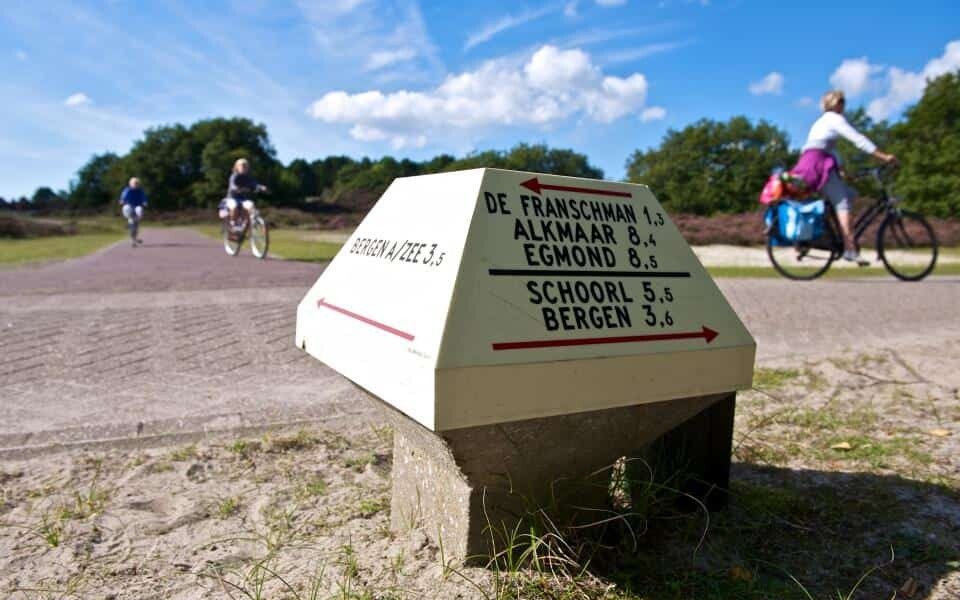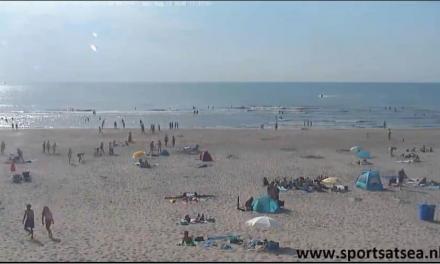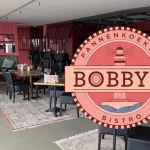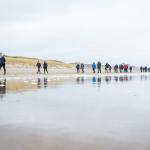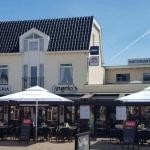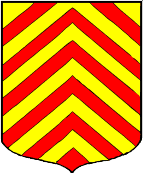The dune areas around Egmond and Bergen are very peaceful and the villages are rich in history.
The question is who is most shocked. Hikers suddenly see a fox or the animal itself on the road. Who will act first? After deep eye contact, the fox quietly disappeared into the bushes. Weekday winter mornings in the North Holland Dunes are quiet, at least with hikers. There are many more animals. Between the dunes and the Sammerpolder are three Egmonden. You can visit all three in a fairly short, pleasant walk.
Egmond-Binnen is the oldest of the three villages. Sometime in the seventh century, fishermen established a small settlement on the coast. The exact time is not known, but after a while the monk Saint Adelbert of Egmond settled here. Missionaries are known for their simplicity, kindness and openness. He died around 740 A.D. and his followers built a chapel over his tomb. Later, a stone monastery was built a little further inland, and by 1300 it became an important center of prayer, knowledge and culture. St. Adelbert’s cemetery: Adelbert’s well, water gushing from the dunes. At the beginning of the Eighty Years’ War, monasteries and churches were burned. The monastery was not rebuilt until 1934.
On Aug. 23, 1935, St. Adalbert Abbey was reopened by the monks of Oosterhout. It was elevated to a monastery in 1950 and is now vastly expanded. Even today, the monastery is an important center for prayer and reflection. Visitors are welcome to a special day of reflection with the abbey’s Benedictine monks. The relics of St. Adalbert are now safely stored on the high altar of the monastery.
From the bus stop on Herenweg, we will first go to the famous monastery. The garden next door is called the “Northern Butterfly Garden” because it aims to attract as many insect species as possible, especially butterflies. A beautiful landscape in summer. Back in the village, we cross the Herenweg and go straight to St. Mary’s Church. Adelbertusweg. At the bend, we pass the first chapel and where once the tomb of St. Joseph was located. Adalbert stood. Finally, turn left toward the dunes.
If you also want to go to the beach, it is better to walk directly to the beach (one kilometer). Immediately after the horse trail, turn left (follow the red arrow). The trail winds its way through the forest, only to turn sharply to the left after a moment into the open sand dunes. Many trails converge at the top of the dunes. The route with the red arrow points straight ahead, but here we turn right toward Bergen aan Zee and follow the white-red marked pole. Turn right at the Zeeweg. It became a bloodstream. Finally, turn right and after a bend we reach the Egmonder Straatweg. Egmond aan Zee and the beach are now on the left. Turn right to the third Egmond, Egmond aan den Hoef. Cross the road past the bus stop and turn left toward the church tower. Turn right into Slotlaan, one of the most popular spots in Egmond’s looms, the ruins of Slot Egmond. At night, the impressive foundations of the castle are illuminated.
Originally, the castle consisted of the capital, the outer city and towers. Most were destroyed by fire in 1573, but some are still in use. The last section was not demolished until about 1800. Beyond the castle’s foundations stands the most famous statue of La Moral, Count of Egmond, who lived from 1522 to 1568. As a nobleman, Egmont was a member of the Council of State. He joined Cardinal Antoine Perreno Granville, bishop of Atrecht, who together with William and the Count of Horn of Orange (the Big Three) introduced the Inquisition in Flanders.
Lamoral of Egmond was an ardent Catholic, loyal to the Spanish king and disapproved of the iconoclasm. When Alva came to the Netherlands to resolve matters, William of Orange fled, but Lamora of Egmond stayed behind. However, Alva immediately arrested him and in 1568 he was beheaded along with Horn on the Grand Place in Brussels.
The intention after this was to walk back to Egmond-Binnen via the Sammerpolder. But that is not such a good idea in winter with cutting winds and the soggy dikes and we leave it for this time. But those who want to try anyway: After the statue cross the road, at the end turn right onto Kromme Hoge Dijk and immediately after that turn left onto Zomerdijkje. After almost a kilometer, turn right at the water onto grassy embankment. Continue straight on crossing the Heilooër Zeeweg and then continue to follow the water towards buildings in Egmond-Binnen. In the village at Luilaantje turn left. The road to the right rejoins the abbey.
.



